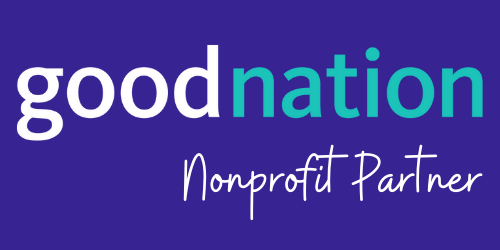Behavioral economics’ most successful large-scale impacts have so far been in the developed world, with notable successes including the headway made on getting Americans to save for retirement or the many successes of Britain’s Nudge Unit. But at ideas42, we believe that behavioral economics can also dramatically change the way development programs work (for the better, naturally).
Our recent working paper on the subject, published by the Center for Global Development in Washington, DC, explains why. In “Behavioral Design: A New Approach to Development Policy”, ideas42’s Saugato Datta and ideas42 co-founder Sendhil Mullainathan lay out a broad vision for using the insights of behavioral economics to design better programs, products and policies in development, arguing that:
“Successful programs rely on people to behave and choose in certain ways. … Development programs are no exception. For schools to be effective, parents must ensure their children show up. For vaccination programs to work, parents must bring their children to vaccination stations. For new inventions—whether insecticide-treated bed-nets, smokeless indoor stoves, or new seeds—to provide benefits, people must adopt and use them.”
This is of course precisely why behavioral economics can help policymakers, aid agencies, non-profits, companies and anyone else who designs or implements programs in the developing world:
“Behavioral economics helps us understand why people behave and choose as they do. Approaching problems in development using behavioral economics thus leads to better diagnosis, which in turn leads to better-designed solutions.”
The paper uses examples from research carried out in a variety of fields – agriculture, health, education and labour markets, to name a few – to explore this central idea in greater detail. It also discusses how we can go about making this happen.
You can read the full paper here. A discussion of the paper and other recent research (including one of the studies discussed in the paper) by Sendhil is here. You can listen to Saugato discuss some of the ideas in the paper on a Center for Global Development “Global Prosperity Wonkcast” here; and Sendhil speaks at length about the paper here.


